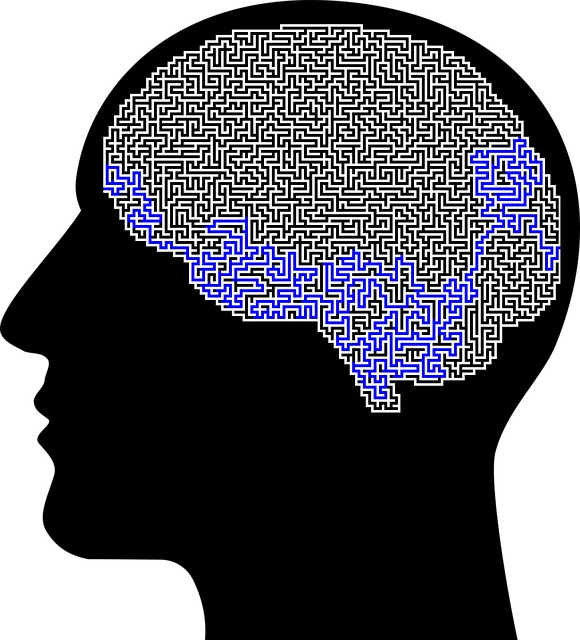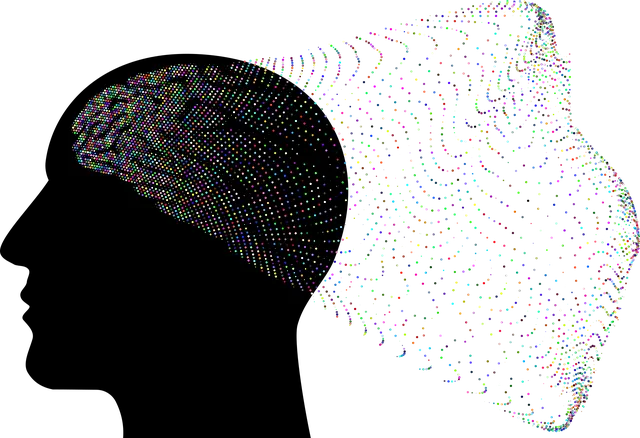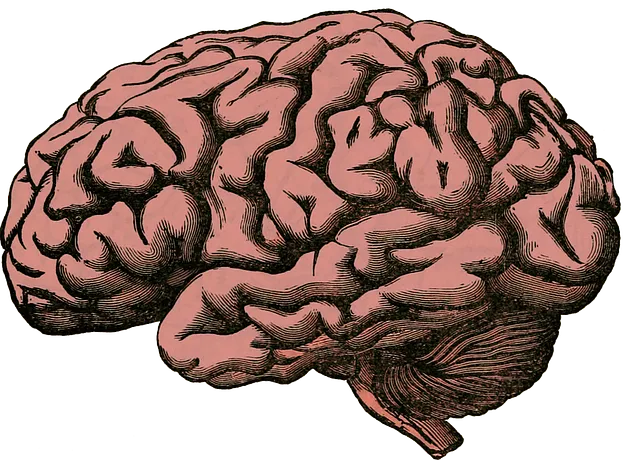Centennial Kaiser Permanente's effective community outreach in behavioral health focuses on understanding local mental wellness challenges, offering tailored programs like Mental Wellness Journaling Exercises, and prioritizing cultural sensitivity. Their strategic approach includes setting clear goals, risk assessment, building partnerships, creating engaging content, leveraging technology, and measuring impact through KPIs and qualitative data. This ensures their services are accessible, culturally competent, and meet the unique needs of diverse community members.
Community outreach programs play a vital role in addressing the unique needs of regions like Centennial, where access to quality behavioral health services is essential. This article explores how organizations, such as Centennial Kaiser Permanente, can implement effective strategies to engage and support their community. We provide a comprehensive guide, from understanding local needs through assessing the behavioral health landscape, to designing tailored outreach programs and implementing them successfully. Additionally, we emphasize data-driven impact measurement and the value of community feedback for sustained change.
- Understanding Community Needs: Assessing the Behavioral Health Landscape in Centennial
- Designing Effective Outreach Strategies: Engaging Kaiser Permanente's Expertise
- Implementing Programs: A Step-by-Step Guide for Success
- Measuring Impact and Sustaining Change: The Role of Data and Community Feedback
Understanding Community Needs: Assessing the Behavioral Health Landscape in Centennial

Understanding the unique needs of Centennial’s diverse community is a critical step in implementing effective outreach programs. Assessing the local behavioral health landscape involves gauging the prevalence of mental health issues, identifying at-risk populations, and understanding cultural barriers to care. According to Kaiser Permanente, Centennial residents face specific challenges related to mental wellness, with rates of anxiety and depression requiring attention. This data highlights the need for tailored services, such as Mental Wellness Journaling Exercise Guidance, that cater to the community’s specific needs.
Cultural sensitivity in mental healthcare practice is also essential. Recognizing the diverse backgrounds and beliefs within Centennial, healthcare providers can offer inclusive services that foster positive thinking and resilience. By addressing these aspects, outreach programs can effectively engage the community, ensuring that behavioral health services like those provided by Kaiser Permanente in Centennial are accessible, culturally competent, and tailored to the unique needs of all residents.
Designing Effective Outreach Strategies: Engaging Kaiser Permanente's Expertise

Community outreach programs require thoughtful strategy to be truly effective. At Centennial Kaiser Permanente, we leverage our expertise in behavioral health services to design engaging and impactful initiatives that resonate with diverse populations. By understanding the unique needs and challenges faced by each community, we tailor our programs to foster Coping Skills Development and Empathy Building Strategies. Our goal is to promote Self-Esteem Improvement while connecting individuals to essential resources and support networks within their communities.
Through collaborative partnerships and leveraging our network of professionals, we create opportunities for meaningful engagement. This may include workshops, informational sessions, or peer support groups that address specific issues such as stress management, mental health awareness, or building resilient coping mechanisms. By integrating these initiatives into the fabric of local neighborhoods, Centennial Kaiser Permanente aims to enhance overall well-being and empower individuals with the tools they need to navigate life’s challenges effectively.
Implementing Programs: A Step-by-Step Guide for Success

Implementing community outreach programs requires a strategic approach to ensure success and positive impact. Here’s a step-by-step guide tailored for organizations like Centennial Kaiser Permanente behavioral health services, focusing on sustainable growth and meaningful connections:
1. Define Your Goals: Clearly outline what you aim to achieve through the program. This could involve enhancing mental health awareness, implementing Burnout Prevention Strategies for Healthcare Providers, or promoting Mood Management techniques within your targeted community. For example, setting a goal like “Reducing suicide rates by 20% in underserved areas” provides a focused direction.
2. Conduct Risk Assessment for Mental Health Professionals: Before diving into any program, assess the risks and challenges unique to your area. This step is crucial for tailoring interventions effectively. Identify local mental health needs, cultural considerations, and existing resources to ensure your outreach resonates with the community. For instance, understanding high school dropout rates might lead to targeting youth programs.
3. Build Partnerships: Collaborate with local schools, community centers, religious groups, or other organizations to leverage their networks and expertise. Partnerships amplify reach and credibility, fostering a more holistic and sustainable impact. This could involve hosting joint workshops on topics like stress management or engaging in collaborative risk assessment for mental health professionals within the community.
4. Develop Engaging Content: Create content that is relevant, accessible, and culturally sensitive. Utilize interactive formats such as group discussions, art therapy sessions, or online resources to cater to diverse learning styles. Addressing common concerns like stress management, anxiety, or depression through engaging workshops can build trust and encourage participation.
5. Utilize Technology: Leverage digital tools for outreach and follow-up, especially in today’s increasingly digital landscape. Online platforms can facilitate virtual support groups, teletherapy sessions, or distribution of educational materials, ensuring broader access to your services.
Measuring Impact and Sustaining Change: The Role of Data and Community Feedback

Measuring the impact of community outreach programs is vital to understanding their effectiveness and ensuring sustainable change. Organizations like Centennial Kaiser Permanente’s behavioral health services recognize the power of data-driven insights and community feedback to evaluate their initiatives. By collecting and analyzing quantitative and qualitative data, they can assess how these programs influence mental wellness and overall well-being.
This process involves tracking key performance indicators (KPIs), such as program attendance, participant engagement, and changes in self-care routine development. Additionally, community feedback through surveys, focus groups, or journaling exercises provides valuable insights into the perceived benefits of the initiatives. For instance, the mental wellness journal prompts and positive thinking guidance included in these programs can be evaluated for their impact on participants’ emotional well-being. This dual approach—combining data with community feedback—enables Centennial Kaiser Permanente to refine their outreach strategies, fostering lasting positive changes in behavioral health services.
Community outreach programs are instrumental in addressing the unique behavioral health needs of Centennial. By understanding the local landscape through assessments like those conducted by Kaiser Permanente, organizations can design targeted strategies that effectively engage the community. Implementing these programs requires a structured approach, as outlined in our step-by-step guide, to ensure success and positive impact. Continuous measurement and adaptation, fueled by data and community feedback, are key to sustaining meaningful change and expanding access to essential behavioral health services in Centennial, drawing on the expertise of organizations like Kaiser Permanente.






